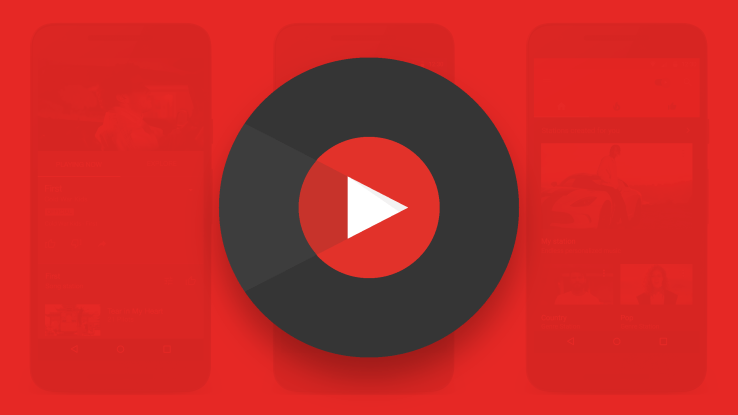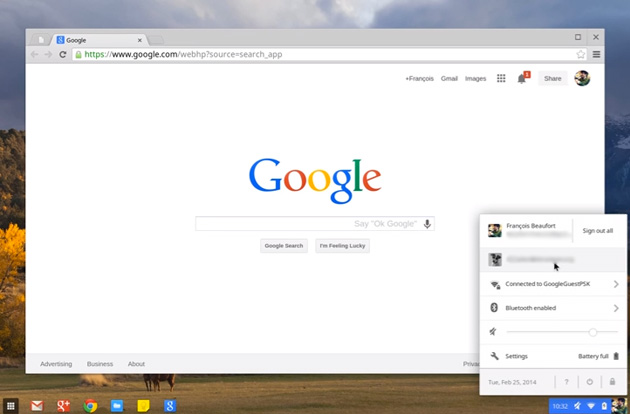Smartwatches: Best Bang for Your Buck?
Smartwatches have been a thing for a few years now but they haven't become standard or useful up until recently. Companies like Pebble, Google, and Apple all began making smartwatches with the hope of expanding the wearable market. Pebble, a company brought up through the crowd-funding site Kickstarter, ended up raising over $10 million through private donations in order to build their first e-paper smartwatch back in 2012. Since then, Pebble has released a color e-paper watch, Android has released Android Wear, and Apple has released the Apple Watch. But are any of these actually worth almost the price of a flagship smartphone? Which one is the best? Which one is the worst?
The Apple Watch is probably the most heard of smartwatch in the average population. That's... unfortunate to say the least. The Apple Watch is probably the worst smartwatch I can think of at the moment. The design looks at least 2-3 generations behind, it only works with iPhones, it's as expensive as an iPhone, and you can't even get custom watch faces! Honestly, the fact that Apple is even selling a $17,000 version of this watch just proves that Apple knows how ridiculous this is. Buying a non-upgradable piece of tech for more than $1,500 is just incredible to me. It'll be outdated in a year and you just wasted thousands of dollars. Even the lowest priced Apple Watch, which is $349, is still grossly overpriced for what it does.
Android Wear watches have some better customizability and functionality, as well as some much better designed watches. The Moto 360 and the LG Watch Urbane both provide luxurious looking round watches for about the price as the lowest Apple Watch. They also work on both Android and iOS. Unfortunately, I would still not spend this much money on an Android Wear watch. It's just too much for what they do.
Honestly, the only smartwatch at the moment I would even consider worth the price would be any variation of the Pebble. The original Pebble is black and white e-paper with the Pebble Time coming in a higher resolution colored e-paper screen. They're about half the price of Android Wear watches or Apple Watches for the highest priced models. They can be anywhere between $70-$250. What sets the Pebble apart isn't just the prices, but the e-paper display allows for long battery life and constant screentime. Both Android Wear and Apple use screens similar to their phones, meaning they suck up a lot of battery life. E-ink displays only use power when they change. A static image will not use any power at all. This allows the Pebble's display to be on 24/7 and keep its battery a lot longer. So while the display may look less impressive and isn't touchscreen, I'd say the trade-off is worth it.
Personally, I'm going to wait until smartwatches become a little more useful before I invest in them. They're still in their infant stages, and I can't wait to see what they become, but for now they just aren't worth it. If you do want a smartwatch now, however, I would go with the Pebble Time. It provides the best functionality to price ratio.














